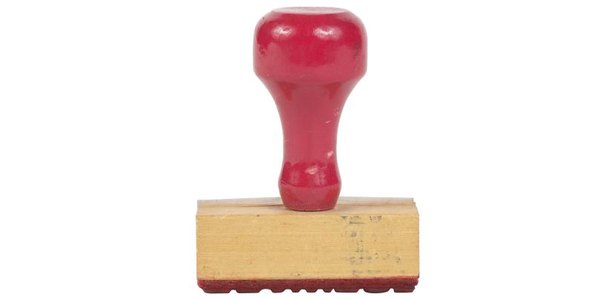Substitution Of Trustee And Full Reconveyance Form
Trustee (or the holding of a Trusteeship) is a legal term which, in its broadest sense, can refer to any person who holds property, authority, or a position of trust or responsibility for the benefit of another.[1] Although the strictest sense of the term is the holder of property on behalf of a beneficiary,[1] the more expansive sense encompasses persons who serve, for example, on the Board of Trustees for an institution that operates for the benefit of the general public. A trust can be set up either to benefit particular persons, or for any charitable purposes (but not generally for non-charitable purposes): typical examples are a will trust for the testator's children and family, a pension trust (to confer benefits on employees and their families), and a charitable trust. In all cases, the trustee may be a person or company, whether or not they are a prospective beneficiary. A substitution of trustee and full reconveyance documents help facilitate the release of a mortgage lien from your home or other real estate. The full reconveyance document releases your mortgage lender's lien from your property and reconveys your property to you, free and clear from the mortgage. The substitution of trustee gives the person signing the full reconveyance the authority to actually reconvey the property and release the mortgage lien.






No comments:
Post a Comment